The Cabanon: The “Biggest” Smallest Apartment in the World
By STAR strategies + architecture and BOARD (Bureau of Architecture, Research, and Design)
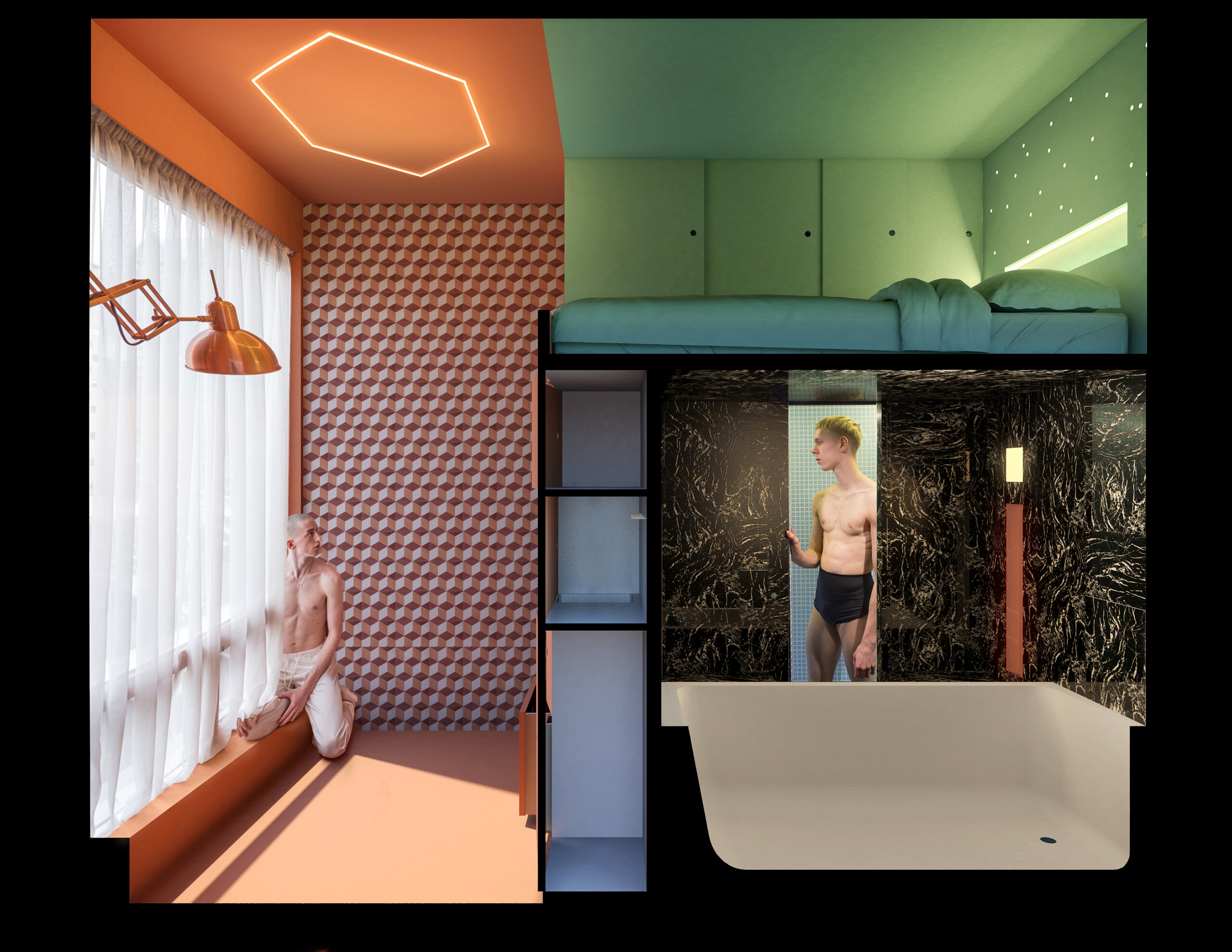
© STAR-BOARD
The Cabanon is a fully equipped apartment of 6.89 m² including two infrared saunas and a whirlpool bath. It is organized into four spaces, extravagantly different in materials and heights: a 3 m-high living room, a 1.14 m-high bedroom with plenty of storage, a toilet with a rain-shower, and a spa. The spa is the most enclosed space of the Cabanon: the room within a room.
The Cabanon is probably the smallest apartment in the world; certainly the smallest with a spa.
The Cabanon is the conversion of an existing attic used for storage into a living space. It is located on the top floor of a 1950’s residential building in the centre of Rotterdam. Its inside dimensions are H: 3 m, W: 1,97 m, L: 3,6 m. It has a 6 m² window overlooking the city.
The Cabanon takes its name from the eponymous cabin of Le Corbusier at the Côte d'Azur. Like the Le Corbusier cabin, the Cabanon of Rotterdam has been conceived by the same architects who will use it. It is 6,89 m², half the size of Le Corbusier’s unit and –unlike his Cabanon– fully autonomous and designed for a couple.
The Cabanon is an experiment in space for Beatriz and Bernd -the architects and the owners, who increasingly saw personal growth in voluntary reduction. However, this reduction was never understood as austerity. The Cabanon is of the most luxurious smallness, an “epicurean reduction”.
The Cabanon is a fascinating manifestation of the specific desires of its owners for their second home. They wanted a small bed to sleep close, and a bench along the window. They didn’t need a large kitchen as they love to eat out during the weekend, but they wanted to have the possibility of cooking nonetheless. They wished to have a rain-shower, two infrared saunas, and a whirlpool bath.
The Cabanon is a temple in the proportions of its owners who became the modulors of their Cabanon. Beatriz’s and Bernd’s heights are 1,72 m and 1,78 m respectively. The spaces at the Cabanon are dimensioned according to the height and width that they need to perform their functions: When they shower they need a space of 2,13 m in height and a width of 62 cm; when they take a bath or use the saunas they need a height of 1,80 m; and when they sleep or sit on their bed they need a height of 1,14 m and a width of 1.35 m. For the living area they wanted to keep the generous height of 3 meters.
The Cabanon makes clear that different rooms with different sizes and functions might not need the same height. The Cabanon seemed to get bigger the more programs were added to it. The adaptation of heights made that possible.
The four spaces in the Cabanon have been shaped based on standard products: the bedroom was designed with a specific mattress in mind; the spa according to the bathtub length; the kitchen based on the mini-fridge depth, in order to avoid the need of customized objects, but rather the other way around: the Cabanon would adapt to standard and affordable products.
The execution would also be organized around these: the bathtub had to be placed before building the walls around it.
The materials of the Cabanon could have cost four times more had it been realized in its initial colours. The spa was initially conceived in green marble, the shower in white mosaic, the living room in blue cement-tiles. Irresistible offers in building materials caused the spa to be cladded in black Chinese marble from the 80’s, the shower in bleu mosaic, and the living room in coral cement-tiles. Mint green for the bedroom was the only colour voluntarily chosen, and it rather came as a surprise, as mint green would never have been a first choice.
The Cabanon could help optimizing housing and costs but in no way does it advocate towards the reduction of surfaces as the only strategy towards affordable housing, neither it pretends to become the “house of the future”. However, we can extrapolate some of its strategies in order to make current housing production better and cheaper. Some of these are: the optimisation of space–optimisation not understood as ‘reduction’ but as ‘maximisation’ of the possibilities of one space; the modulation of heights of certain spaces in order to superpose some functions; and the detachment towards possession and consumerism, so we are less inclined to buy and accumulate useless objects that clutter our houses (and minds).
This project was conceived by STAR and BOARD shortly after completing their large research project in 2012 into the “maximization of space” by sharing, on their project “Co-Residence” for the AIGP (Atelier International du Grand Paris). For the Cabanon, STAR and BOARD, took an opposite path and experimented on reduction.
This project was developed while STAR was designing Ilot-3H in Grand Paris, a large housing complex of 288 experimental apartments.
CREDITS + DATA
The Cabanon
Location: Rotterdam, The Netherlands
Programme: Living unit + spa
Date: 2014-2024
Type: Renovation
Surface: 6.89 m² (net.) – Volume: 21.19 m³
Design Team: STAR strategies + architecture & BOARD (Bureau of Architecture, Research and Design)
-Team STAR: Beatriz Ramo with Geoffrey Clamour; Images: Efraín Pérez del Barrio, Ivan Guerrero Jiménez
-Team BOARD: Bernd Upmeyer
-Thanks to: Ana Beatriz López- Angulo, Javier Ramo, Ana Ramo, and Danae Zachariaki + Claudia Consonni from BOARD.
Construction : Midwinter - Timmerwerk & Decoratie (Arjen van Caspel and Mirjam Groenendijk)
-Carpentry, Tiling, Installations, Metal works, Lighting : Arjen van Caspel (Midwinter Timmerwerken & Decoratie)
-Textiles (curtains, pillows, duvets) : Mirjam Groenendijk (Midwinter Timmerwerken & Decoratie)
-Hydraulic tiles: demosaica.com
-Mosaic tiles/marble/appliances: from recovery or outlet stores
-Switches: JUNG
Photos: Ossip van Duivenbode
Models-Dancers: Guido Dutilh and Boston Gallacher
Video: concept : STAR; shooting and production: Daniel Grapes (Manó Dániel Szöllősi)
Music: “From Off to On”, The Knife
Offices descriptions
STAR strategies + architecture is an architecture firm based in Rotterdam, founded in 2006 by Beatriz Ramo, a Spanish architect and urbanist.
STAR is a practice dealing with architecture in all its forms and is interested in all topics directly or indirectly related to architecture.
STAR has won prizes in architecture and urban competitions internationally. STAR remains continuously active in research and writings, and has been published worldwide in more than thirty countries. The work of STAR has been exhibited at centers of renown.
STAR has just finished the construction of “Ilot 3H”, an experimental housing project of 288 apartments in Ivry-sur-Seine, in the south of Paris.
STAR was a member of the Scientific Committee of the Atelier International Grand Paris (AIGP), a research and advisory board for the French government.
www.instagram.com/star_strategies_architecture/
BOARD (Bureau of Architecture, Research and Design) is an architecture firm based in Rotterdam that was founded in 2005 by Bernd Upmeyer. The office is active in many fields: as an architecture and urban design practice, as a research board, and as a platform for comparative analysis on urban issues through its independent, non-conformist, niche publication MONU – Magazine on Urbanism.
BOARD won several prizes, recently in prestigious international architecture and urban design competitions. From 2012 until 2016 BOARD, together with STAR, was part of the Scientific Committee of the Atelier International Grand Paris (AIGP) for the mission: Grand Paris: Pour une Métropole Durable.
Bernd Upmeyer holds a PhD in Urban Studies (Dr.-Ing.) from the University of Kassel, Germany. He is the author of the book “Binational Urbanism – On the Road to Paradise”, in which he creates a theory of binational urbanism, a term coined by him.
www.instagram.com/bureau_of_architecture_r_d/

© Ossip van Duivenbode

© Ossip van Duivenbode

© STAR-BOARD
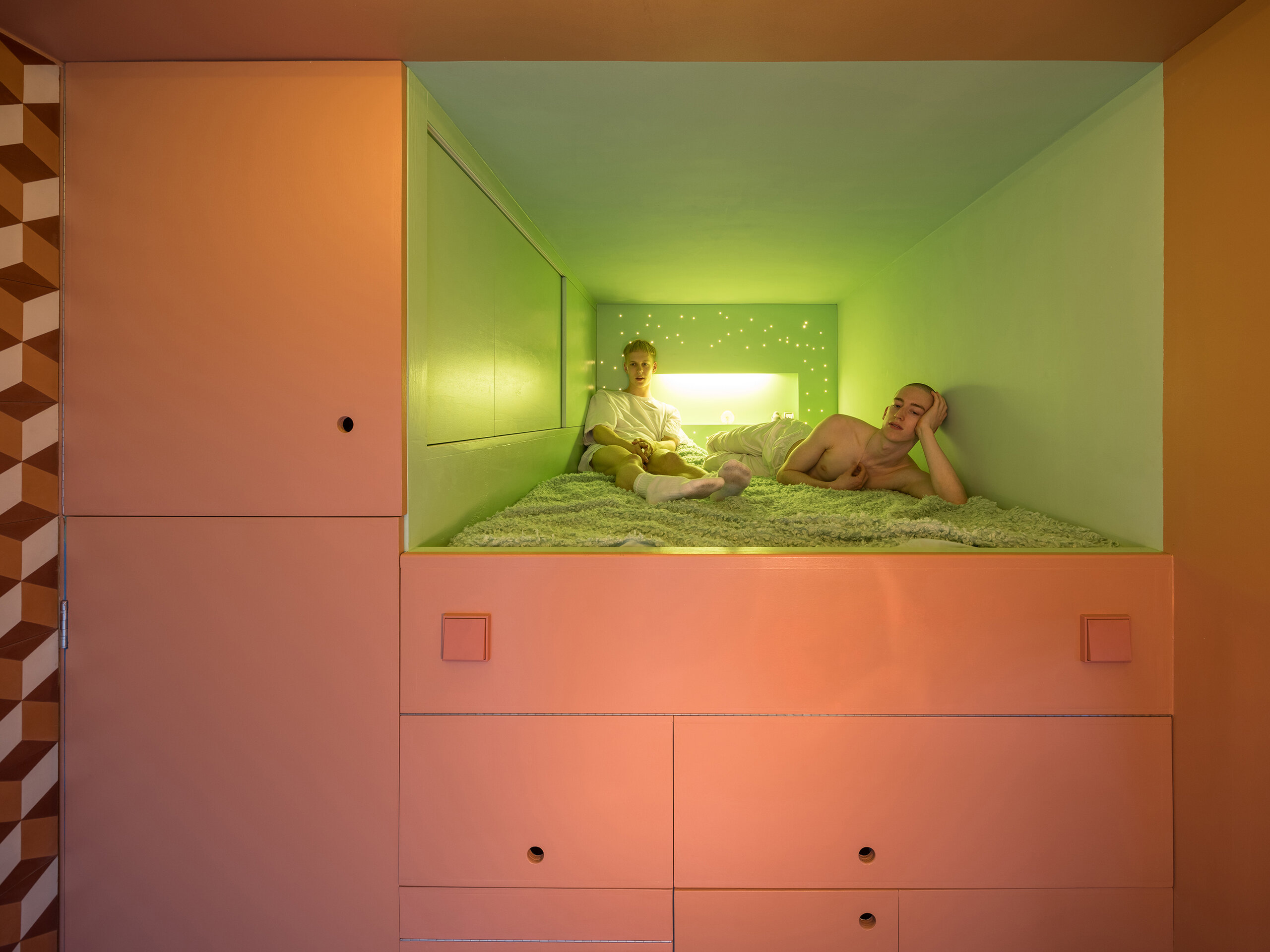
© Ossip van Duivenbode

© Ossip van Duivenbode

© Ossip van Duivenbode
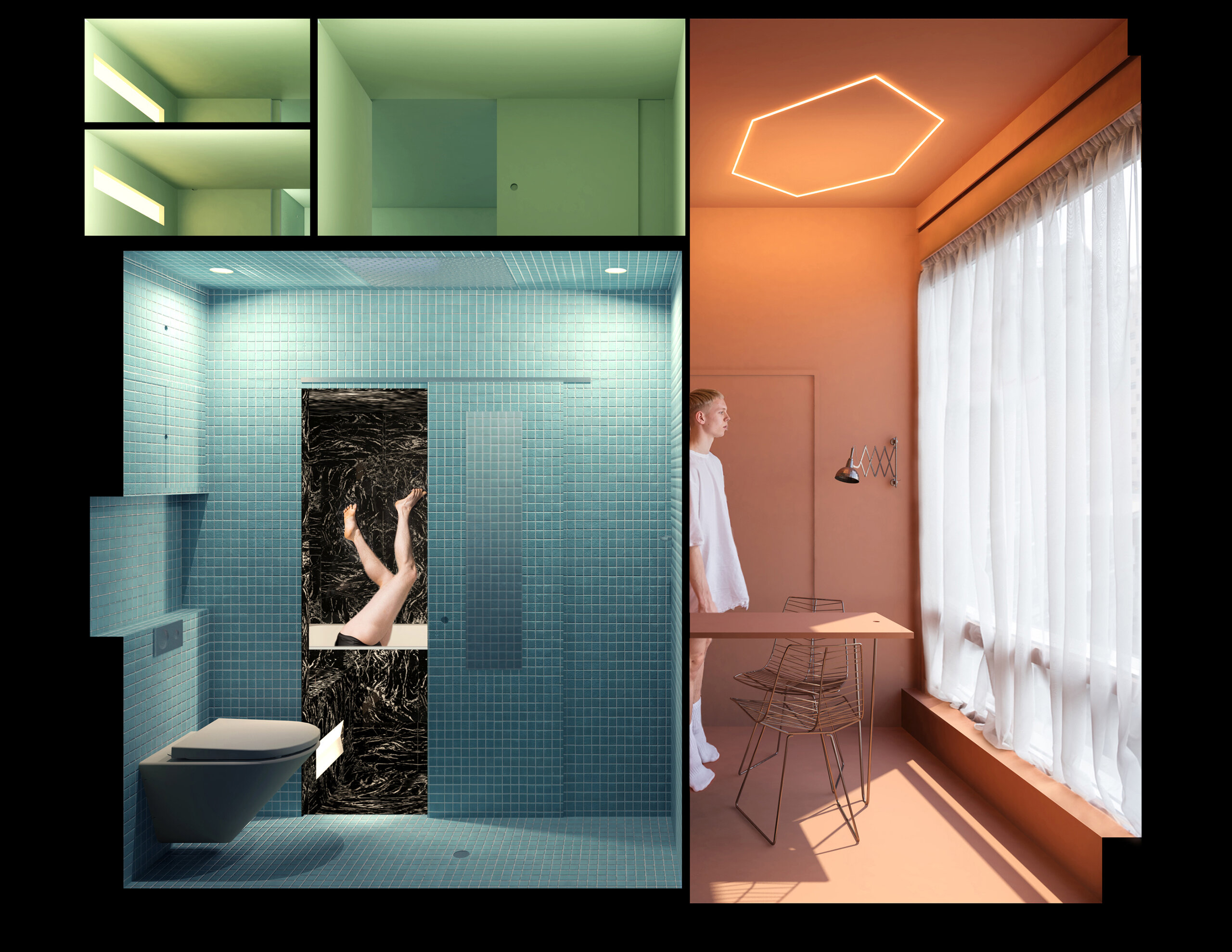
© STAR-BOARD

© Ossip van Duivenbode
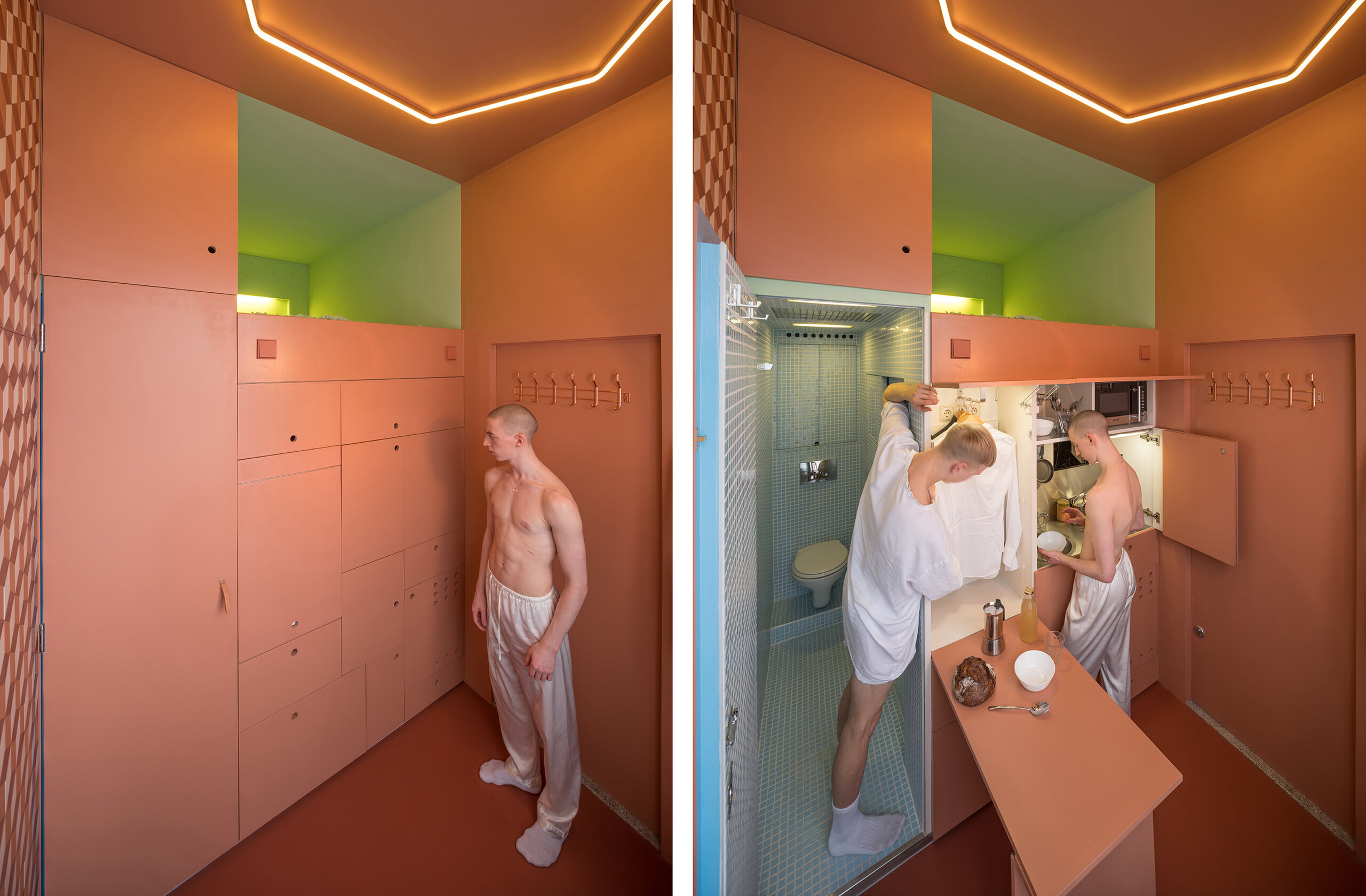
© Ossip van Duivenbode

© STAR-BOARD

© STAR-BOARD

© Ossip van Duivenbode

© Ossip van Duivenbode
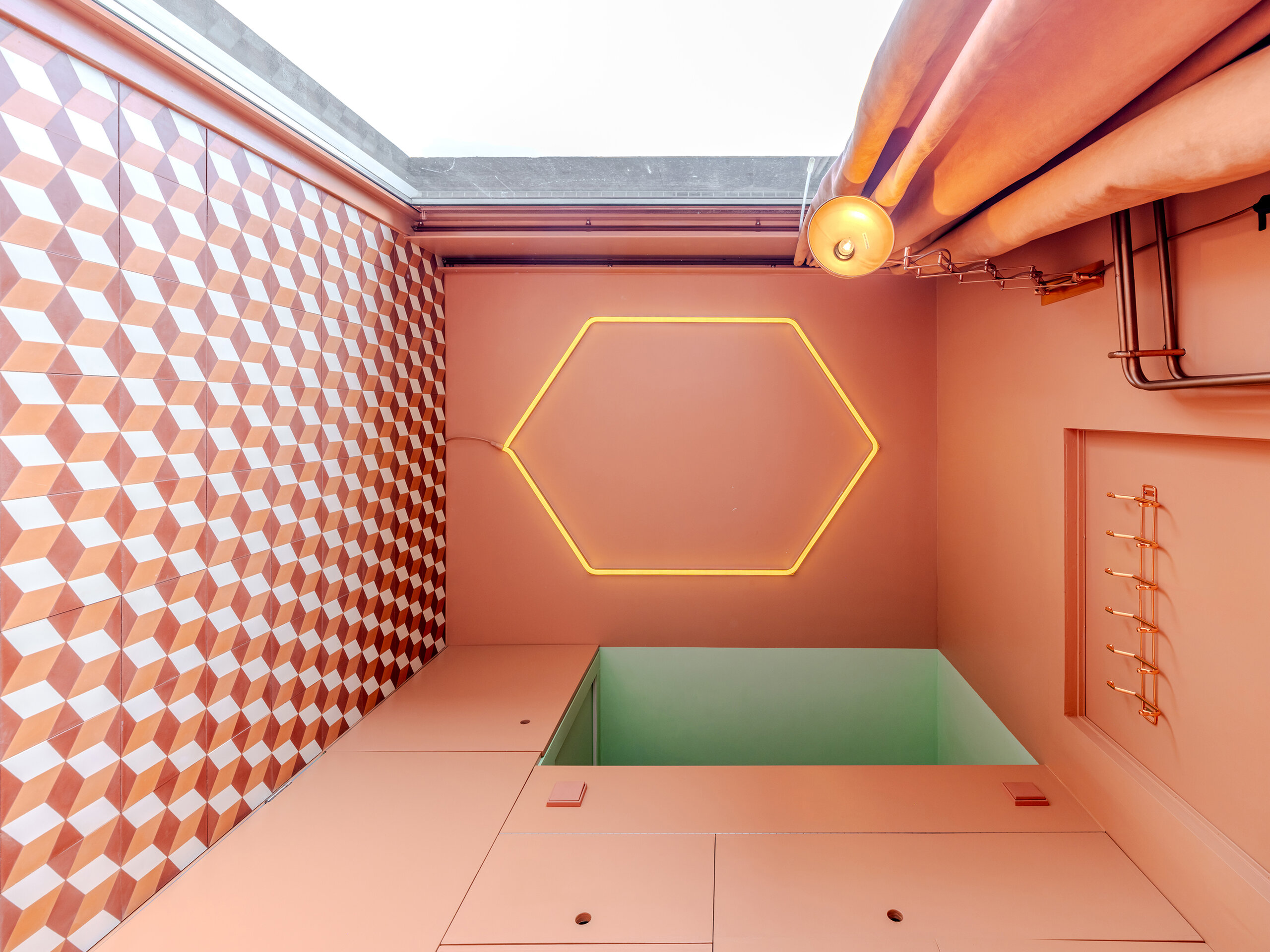
© Ossip van Duivenbode

© Ossip van Duivenbode
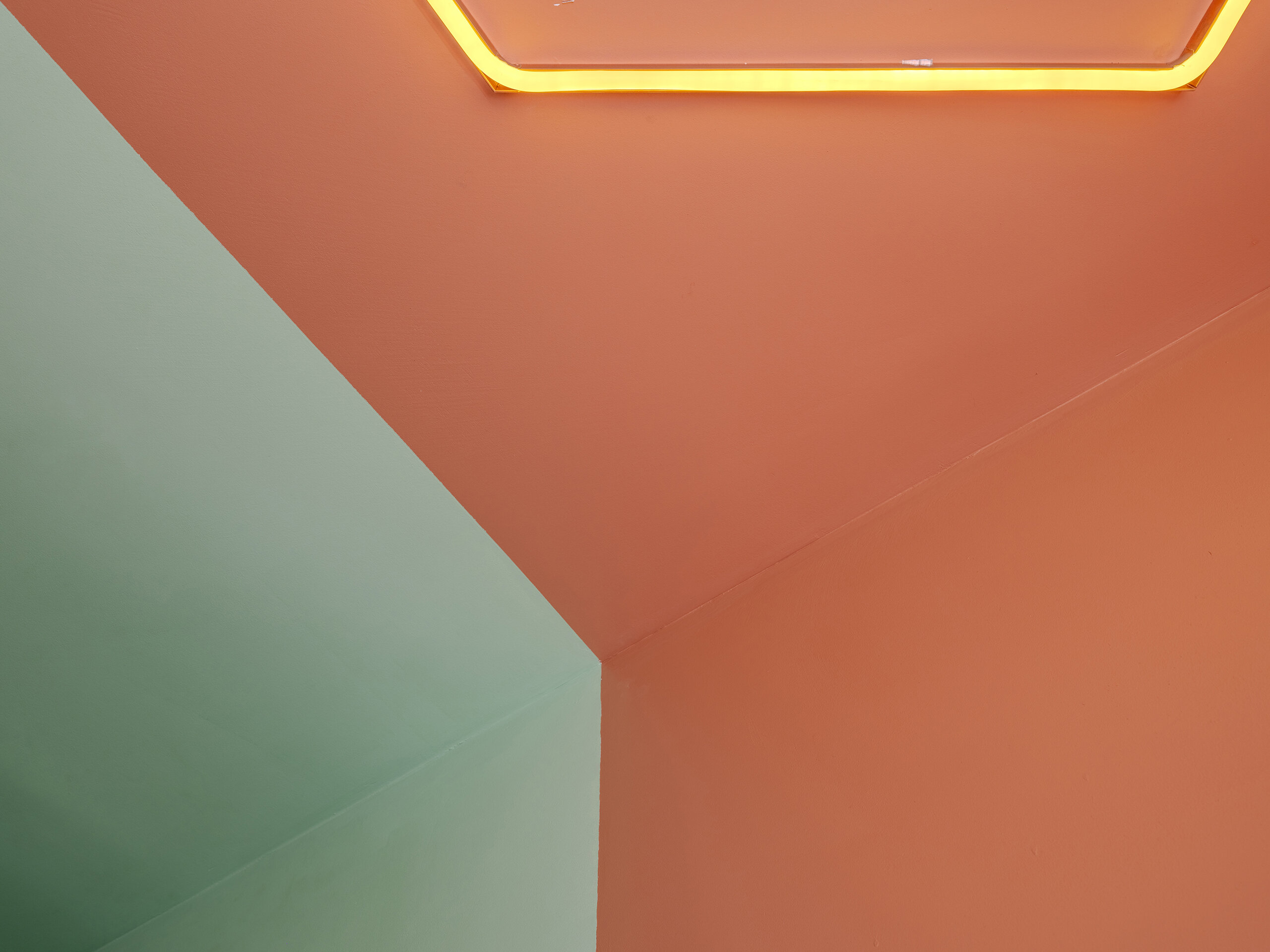
© Ossip van Duivenbode

© Ossip van Duivenbode

© STAR-BOARD
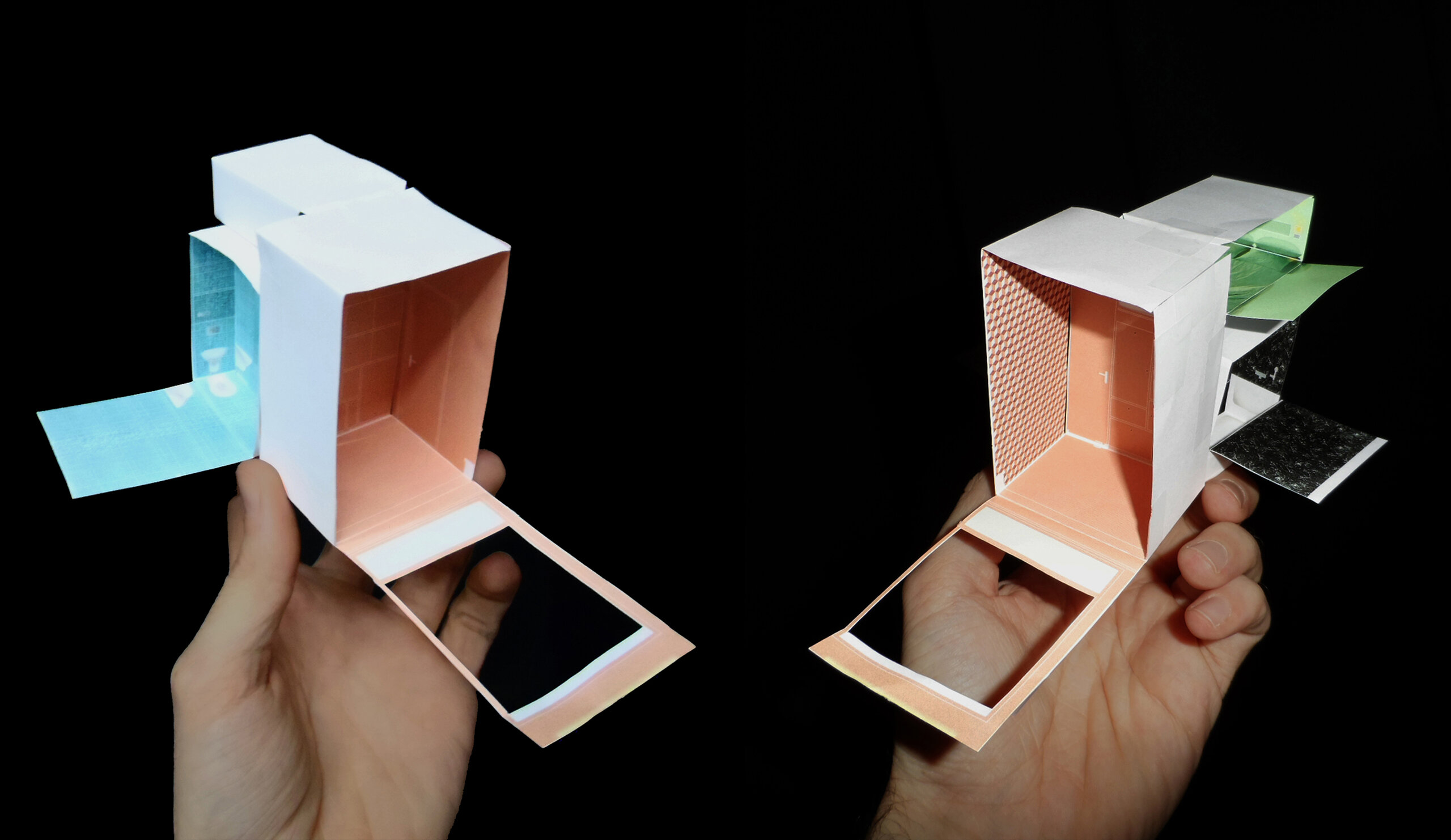
© STAR-BOARD

© STAR-BOARD
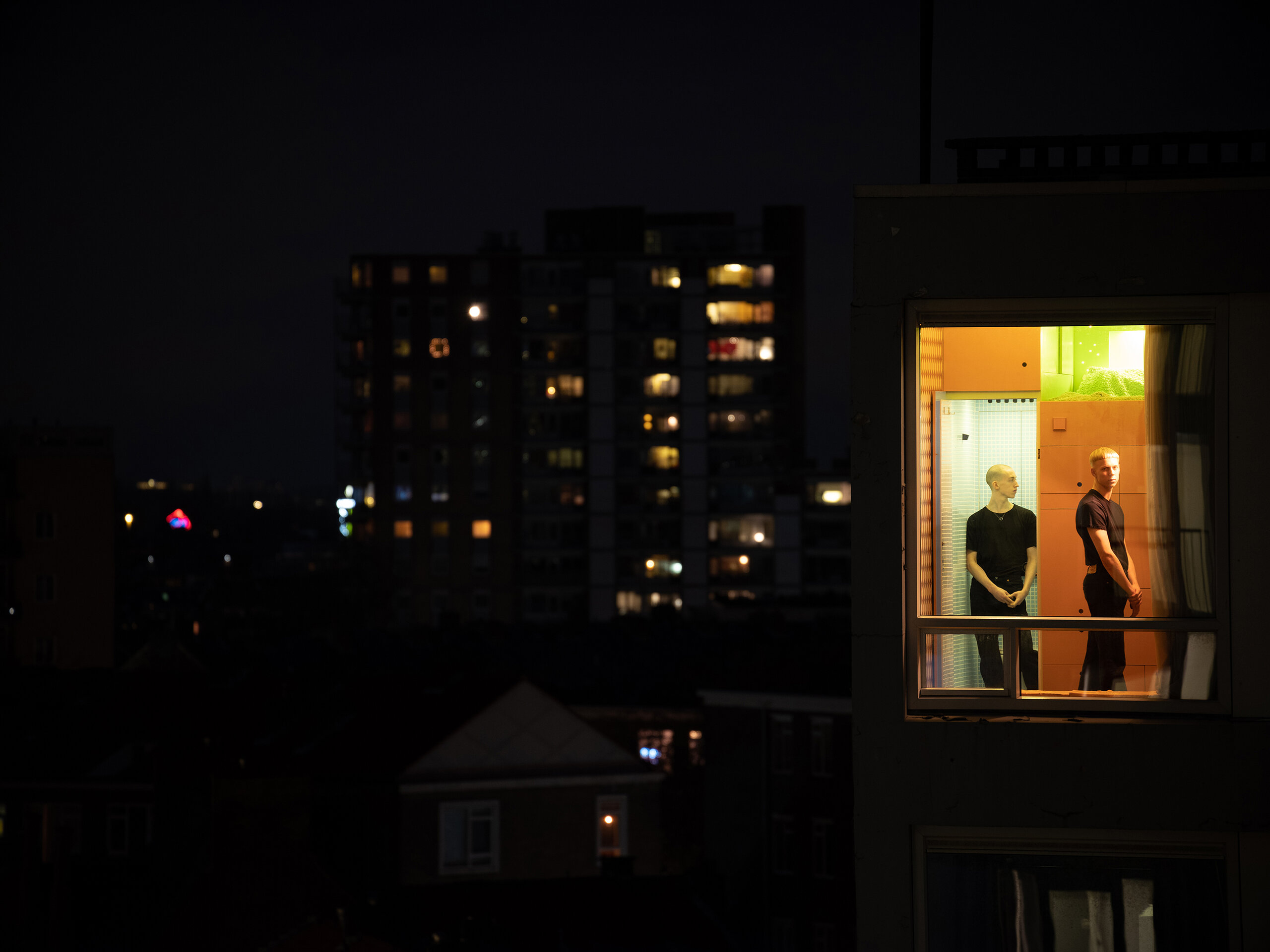
© Ossip van Duivenbode
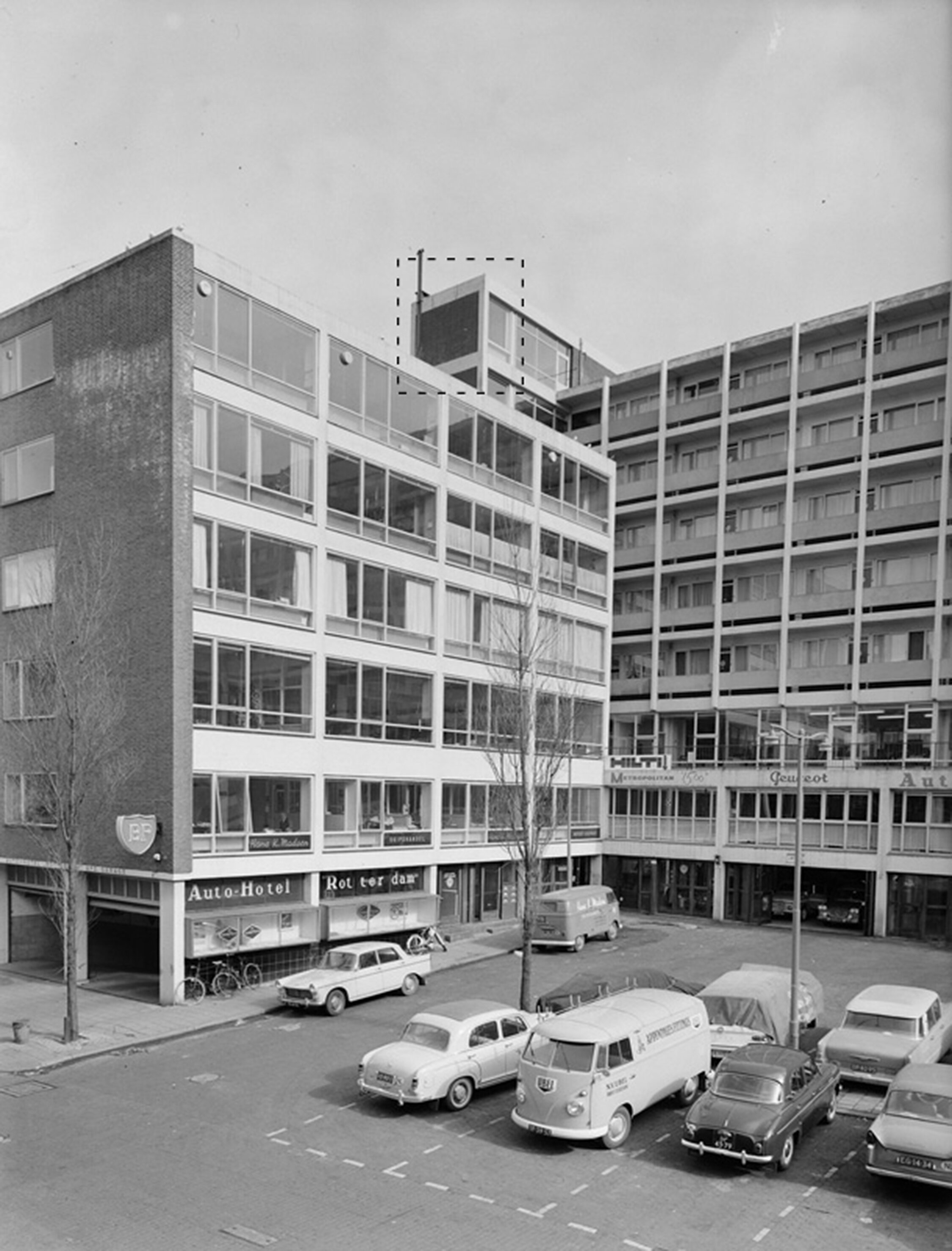

© Ossip van Duivenbode

© STAR-BOARD

© STAR-BOARD